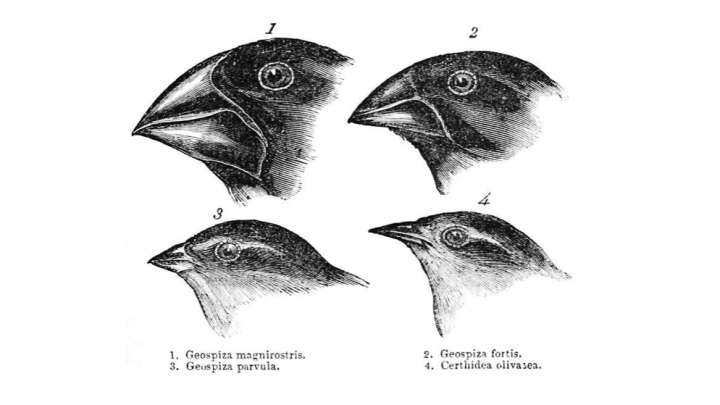One Of Darwin’s Theories Of Evolution Is Proven True. Here’s How That Can Protect Endangered Species
More than a century after his death, researchers have proved that one of Charles Darwin’s theories of evolution is true. Now, new research from the University of Cambridge suggests that a subspecies may be considered the early phases of speciation, or the evolution of one animal to a new species.
Laura van Holstein, a PhD student in Biological Anthropology at St John’s College, University of Cambridge, analyzed data gathered over centuries by naturalists from around the world in an effort to understand more fully the role of subspecies in evolution. A species is a group of animals that can breed within itself, such as lions or killer whales. However, some of these species contain subspecies, populations that have subtle differences in physical traits and breeding ranges. Take the rhinoceros for example, which contains four subspecies found across Africa and parts of Southeast Asia. Red foxes, on the other hand, have 45 known subspecies – the most of any animal – spread across the world.
In his famous 1859 account, On the Origin of Species, Darwin argued that animal lineages also contain many “varieties”, or subspecies. He argues that over time, organisms gradually evolve through a process of “natural selection”. The new research published in Biological Sciences confirmed that evolution is not a one-size-fits-all process and impacts animals differently based on their environment.
“My research investigating the relationship between species and the variety of subspecies proves that sub-species play a critical role in long-term evolutionary dynamics and in future evolution of species. And they always have, which is what Darwin suspected when he was defining what a species actually was,” said van Holstein in a statement.
The researchers compared DNA and phylogenetic diversity against known species’ habitat to calculate species and subspecies “richness”, or the number of different species represented in an area. Evolution was shown to affect animals largely based on their physical environment, so what influences marine mammals and terrestrial mammals may affect non-terrestrial animals like bats in different ways, including their ability to move, eat, and breed. For example, the diversification of mammals on land is more affected by physical barriers than for ocean-dwelling creatures.
“Subspecies form, diversify and increase in number in a different way in non-terrestrial and terrestrial habitats, and this, in turn, affects how subspecies may eventually become species,” explained van Holstein. “For example, if a natural barrier like a mountain range gets in the way, it can separate animal groups and send them off on their own evolutionary journeys. Flying and marine mammals – such as bats and dolphins – have fewer physical barriers in their environment.”
In this, van Holstein concludes that closer analyses of subspecies may be used to inform conservation measures and help prioritize which animals may be more crucial to those efforts.
“Evolutionary models could now use these findings to anticipate how human activity like logging and deforestation will affect evolution in the future by disrupting the habitat of species,” said van Holstein. “The impact on animals will vary depending on how their ability to roam, or range, is affected. Animal subspecies tend to be ignored, but they play a pivotal role in longer term future evolution dynamics.”




